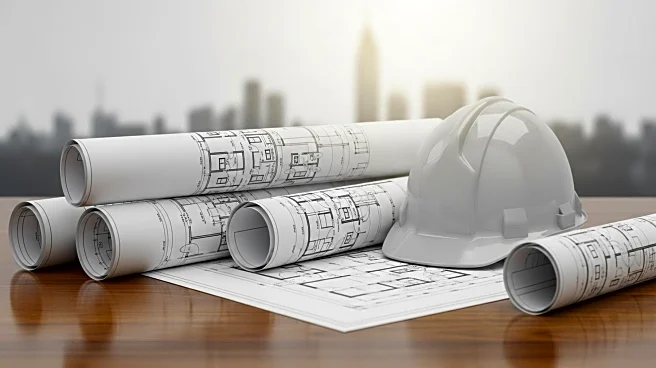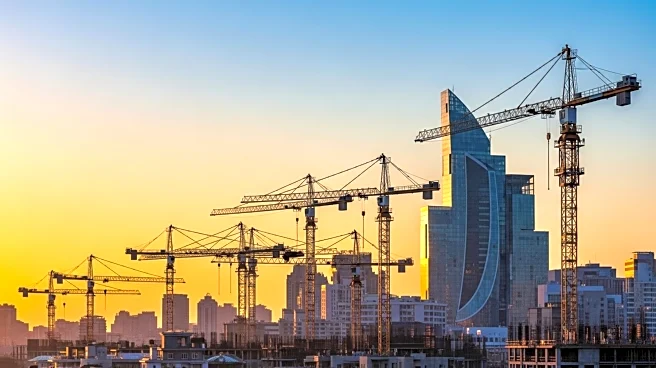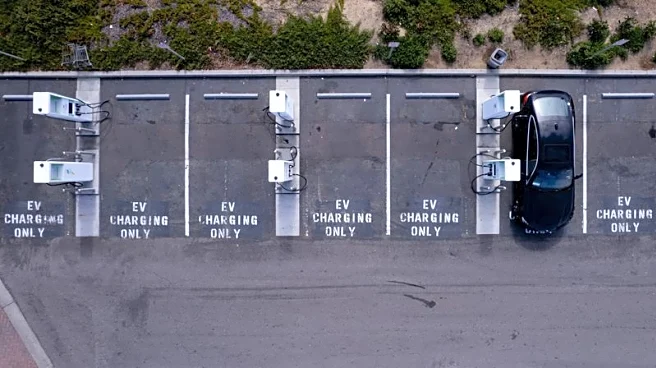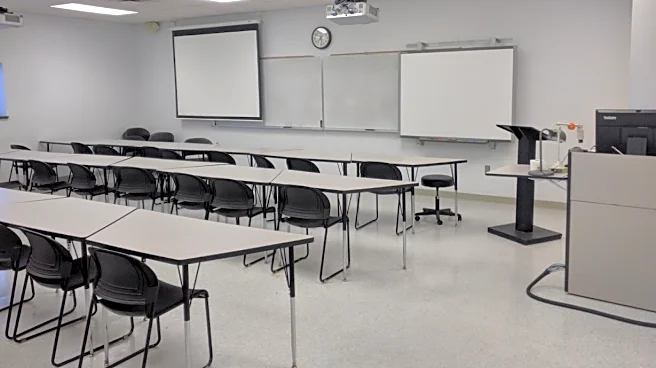What's Happening?
The U.S. housing market is experiencing a resurgence in new construction, with nearly 1.5 million new housing starts recorded in July 2025, marking a 12.9% increase from the previous year. According to Realtor.com, several metropolitan areas are leading this growth, particularly in the South. The Fayetteville-Springdale-Rogers area in Arkansas tops the list, with new construction accounting for 43.1% of listings. Other notable metros include Boise City, Idaho, and Nashville-Davidson-Murfreesboro-Franklin, Tennessee, where new builds represent significant portions of the market. Factors influencing this trend include mortgage rates, economic conditions, and regional demand.
Why It's Important?
The increase in new housing construction is crucial for addressing the ongoing demand for housing across the U.S., particularly in rapidly growing southern metros. This trend can alleviate housing shortages and stabilize prices, benefiting both buyers and sellers. The construction boom also stimulates local economies, creating jobs and attracting investments. However, it may also lead to increased competition for existing homes, impacting sellers who may face challenges in listing their properties. The focus on southern metros highlights regional disparities in housing development, with implications for urban planning and infrastructure.
What's Next?
As the housing market continues to evolve, stakeholders such as builders, real estate agents, and policymakers will need to monitor trends and adjust strategies accordingly. The potential for increased competition in the housing market could lead to more sellers listing existing homes, impacting market dynamics. Additionally, economic factors such as interest rates and tariffs will play a role in shaping future construction activities. Local governments may need to address infrastructure and zoning issues to accommodate growth and ensure sustainable development.














